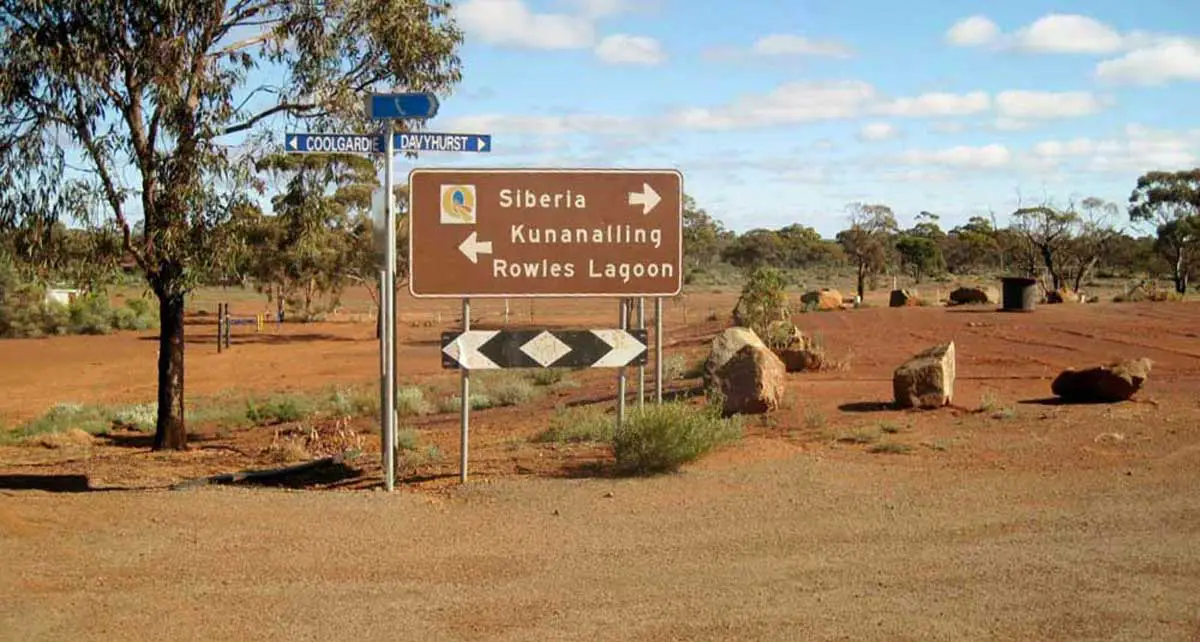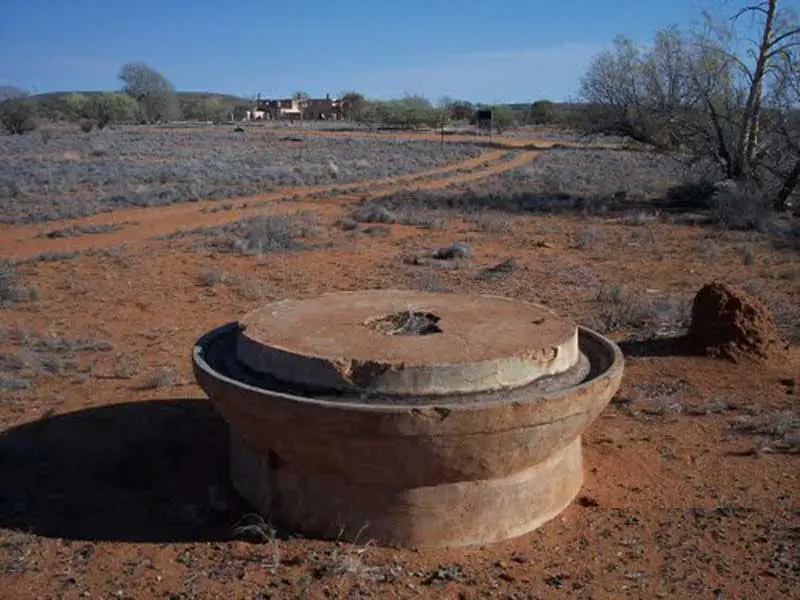
Big Bell, in WA’s eastern goldfields, was established in 1936 as a result of the opening of the Big Bell open cut gold mine. The gold of Big Bell was discovered in 1904, but it took another 32 years before a mine was finally established in the area by Big Bell Ltd. Herbert Hoover (1874-1964), who would go on to be the 31st President of the United States (1929-1933), spent some time at Big Bell as a mine engineer.
- More
- More
- More
- More
- More
- More
- More
- More
- More
- More
- More
- More
- More
- More
- More

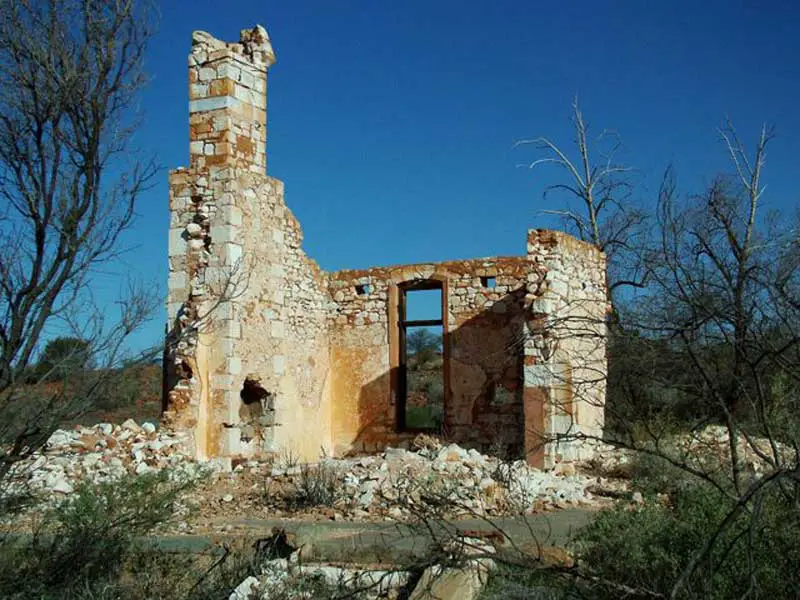
Day Dawn was home to over 3,000 goldminers and their families in the early 1900s. Its rapid growth and prosperity was due largely to the Great Fingall mine, once one of the richest and most profitable gold-mining operations in Australia. The success of the Great Fingall was closely associated with Herbert Hoover. Hoover is primarily credited with making them profitable for tens of thousands of shareholders worldwide.
Gold was discovered here by Ted Hefferman in 1892, and he named his discovery “Day Dawn”, after the time of day that he pegged his claim. Originally the settlement was informally called Four Mile, that being its distance from the town of Cue. It was gazetted as Bundawadra in 1894, but was changed to Day Dawn within three months.

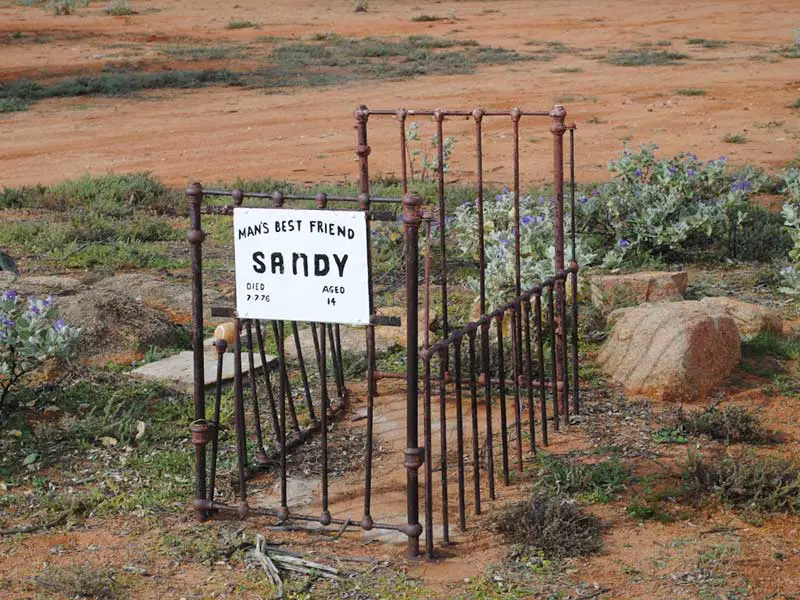
Goongarrie was the first important gold find after Coolgardie. First miners named the area Roaring Gimlet because of the cold south-westerly winds through the gimlet trees. During the 1890s, Goongarrie was known as Ninety Mile, which was the distance of the settlement from Coolgardie. It boasted hotels, bed and breakfasts, a Cobb & Co coach stop, a railway and several shops. Now, three remaining historic railway cottages are part of the Golden Quest Heritage Trail.

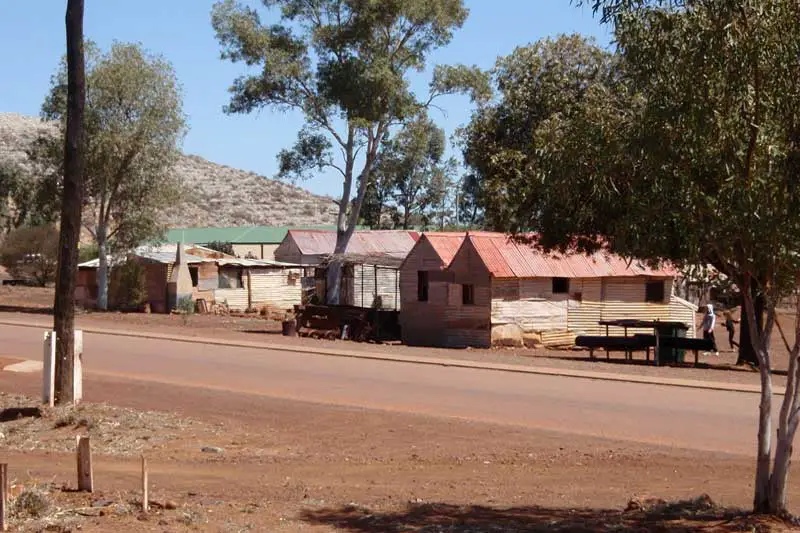
Founded in the late 19th century as a gold mine with a town for its workers, Gwalia famously was the first mine to be managed by the man who went on to become the 31st president of the United States, Herbert Hoover. Today, Gwalia is essentially a ghost town, having been largely deserted since the main source of employment, the Sons of Gwalia gold mine, closed in 1963. Just four kilometres north is the town of Leonora, which remains the hub for the area’s mining and pastoral industries.

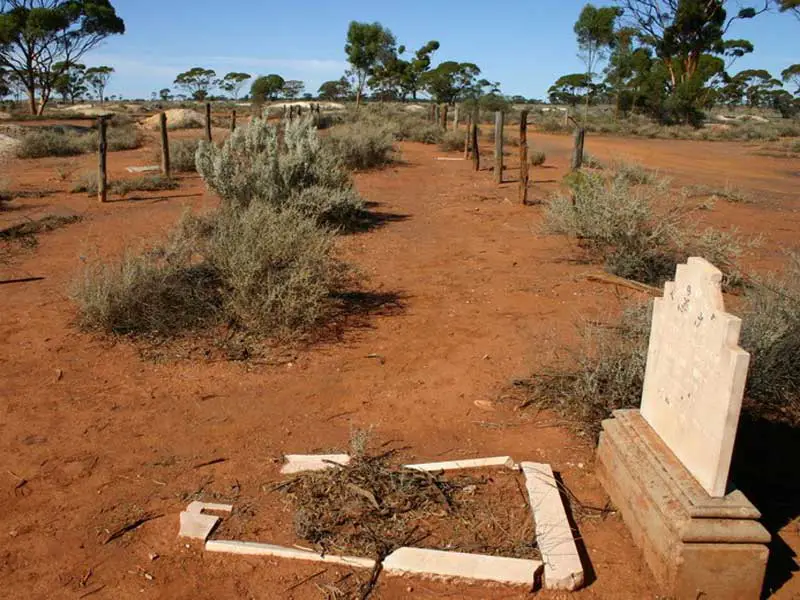
One of Australia’s most remarkable ghost towns, after the discovery of gold in the area in 1893, the population rose to over 12,000 by 1905. There were 16 hotels, two breweries and an hourly train service to Kalgoorlie. However, the alluvial gold supply was rapidly exhausted, and underground mining followed, yeilding decreasing amounts of gold, resulting in a slow but steady decrease in the population. By 1953 the town had been completely abandoned. There is nothing but rubble and two cemeteries left of the original town.

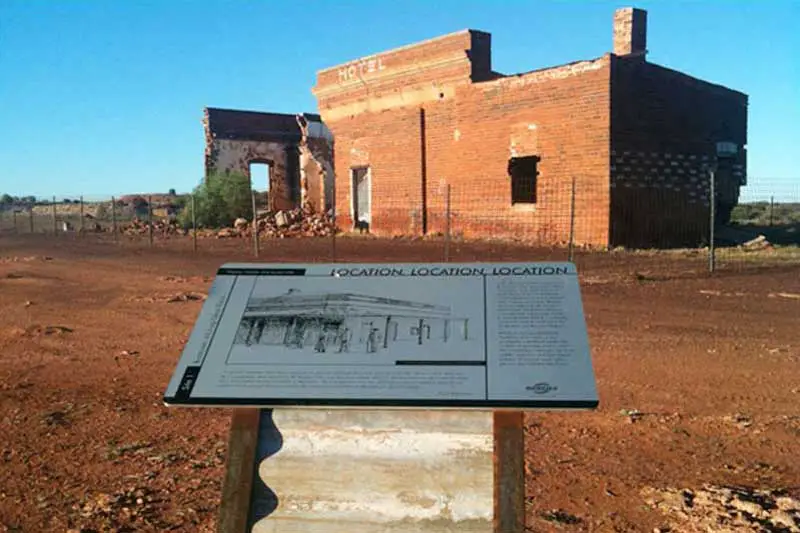
This small town has declined from 1,500 to fewer than 10 people, but the 1894 vintage Grand Hotel survives, with its big verandahs and spacious rooms. The town is surrounded by old mine workings and tail dumpings. Of special interest is the Kookynie Museum, open daily, with its collection of photographs, memorabilia and antique bottles that tell the story of the town. The correct pronunciation of the town’s name is ‘koo-ky-nee’.

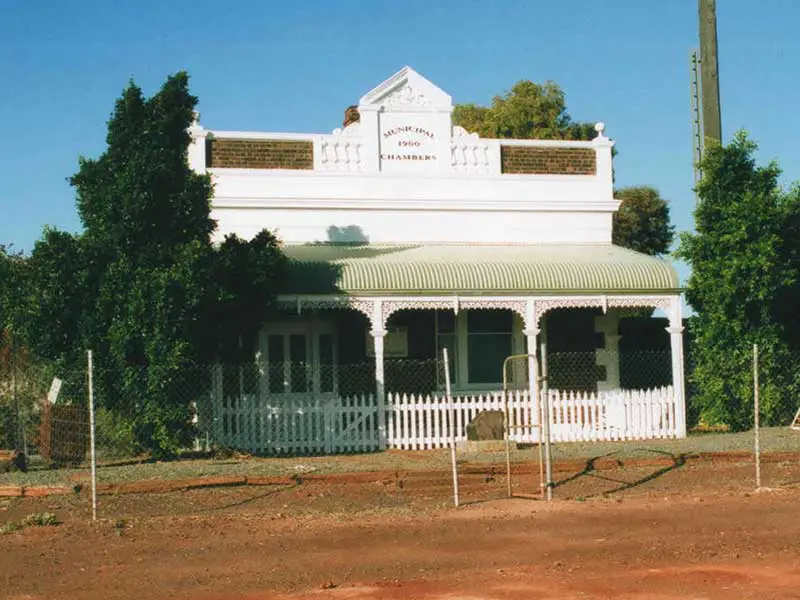
Mount Morgans often called Morgans is an abandoned town in Western Australia located 916 kilometres east of Perth situated along the Old Laverton Road in between Leonora and Laverton in the Goldfields-Esperance region of Western Australia. It was seventy one kilometres east north east of the present town of Leonora.
Gold was discovered near the present town-site in 1896 by a team of prospectors, Lilley and his party. The lease was later taken over by Alfred Edward Morgans who developed the Westralia Morgans Mine. The Mount Morgans Gold Mine produced gold from 1896 to 1952 then from 1988 to 1997 and opened again in 2009.

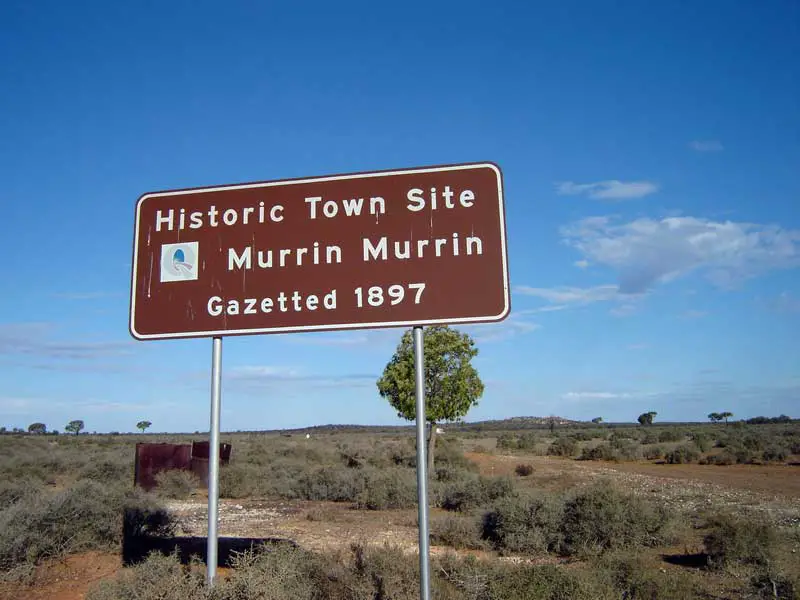
Murrin Murrin is an abandoned town in Western Australia located 883 kilometres east of Perth, situated along the Old Laverton Road in between Leonora and Laverton in the Goldfields-Esperance region of Western Australia.
The town began as a mining camp, as part of a gold rush, with allotments being made available in 1896. Alfred Edward Morgans, who later became Premier of Western Australia, established a short lived copper smelter in the area in 1896. Town lots were sold in 1900 but the railway to Leonora, built in 1905, by passed the townsite and the railway station was located 2 kilometres north of the original townsite.

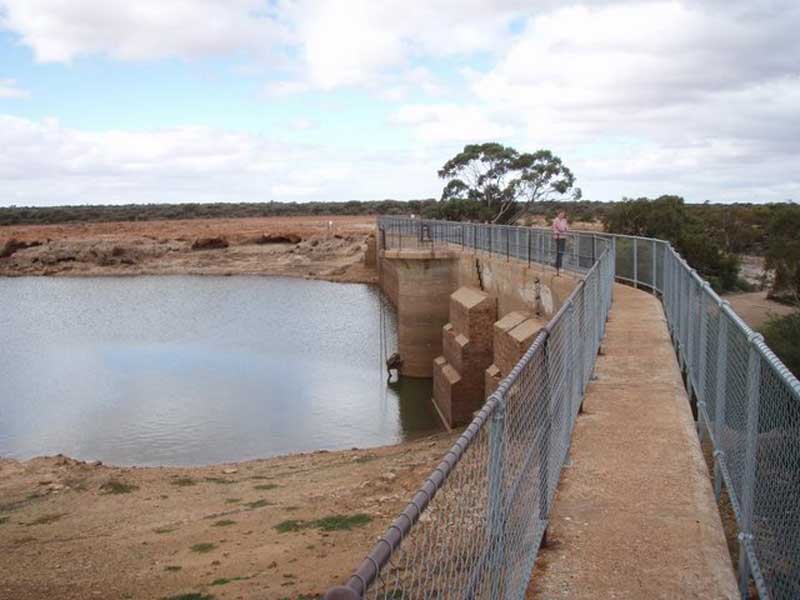
Just 10km from Kookynie, another abandoned goldmining town, Niagara also went from boom to bust. The population in 1905 was 1,000 and is now nil. Almost nothing remains of the buildings, but visitors may find many old bottles and small relics of the gold rush days.
Niagara Dam was built in 1897 with cement carried from Coolgardie by camel-back. This oasis in the wilderness provides a picnic, swimming and camping spot. Road access is not suitable for caravans.

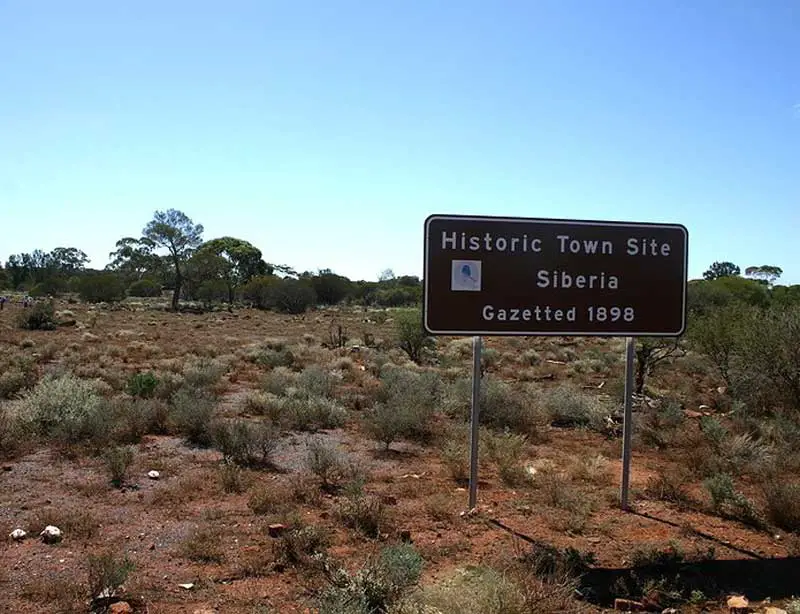
Waverley or Siberia is a ghost town located between Kalgoorlie and Leonora. It is on the Davyhurst to Ora Banda Road in the Goldfields-Esperance region of Western Australia. Two prospectors Billy Frost and Bob Bonner discovered gold in the area in the late 1893, resulting in a gold rush to the area. The increasing population indicated a need for a townsite to be planned and lots were surveyed in 1898, which was initially to be named Siberia. The local progress association decided that the town should be named Waverley after a nearby mine. The townsite was gazetted as Waverley in 1898. Some of the mines close to town include Siberia, Waverley, Mexico and the Pole leases.
In 1911 the Postmaster General raised concern about the duplication of town names in Australia, including Waverley. Alternative names such as Wongi (the name of a nearby soak) and Siberia. The locals preferred Siberia and the name was officially gazetted in 1914. The name comes from Siberia Tank, a water supply that is close to the town.

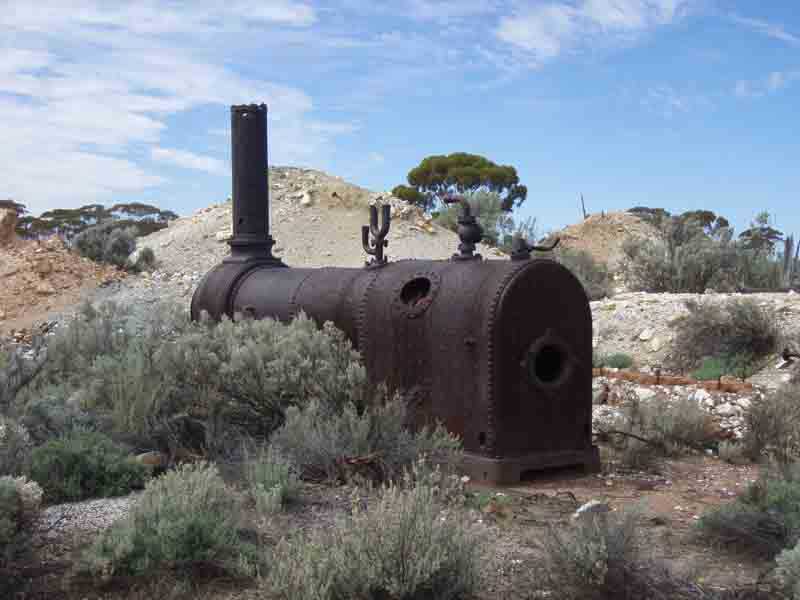
Ora Banda (the name is Spanish meaning ‘band of gold) is now a virtual ghost town, though it can claim a longevity which most of the other so called ‘ghost towns’ on the goldfields have never enjoyed. Gold was discovered in there in 1893 and shortly afterwards the Weston brothers established the Ora Banda mine. The mine continued to operate until the late 1970s though it was forced to stop operations during World War I because of the lack of water.

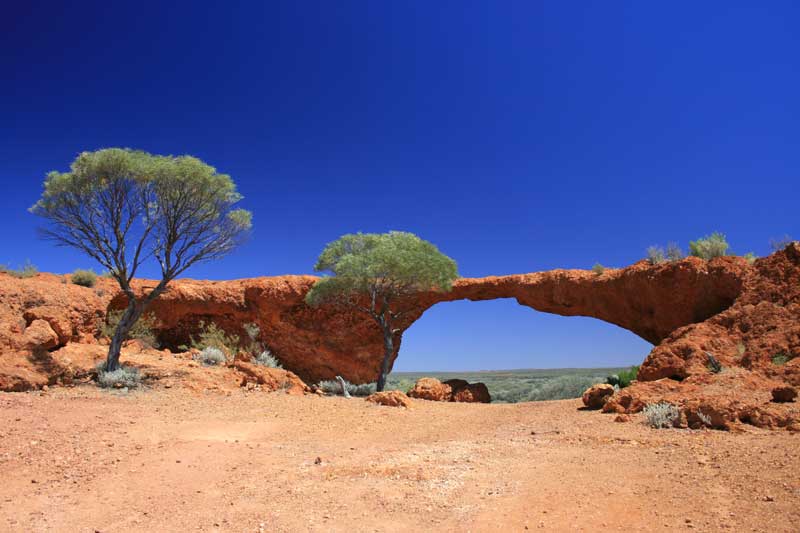
Sandstone lies in the heart of the spectacular East Murchison Goldfields 650 kilometres from Perth via the Great Northern Highway. The discovery of gold in the area at the turn of the very early 1900s led to the establishment of several towns in the locality and Sandstone was gazetted in 1906. The history of the town is very much the history of the East Murchison – the discovery of gold, the sudden influx of miners, the dreams of a town that would last forever, the sudden decline in the goldfields, the disappearance of the population, and the town settling down to become a small centre for the surrounding pastoral leases.

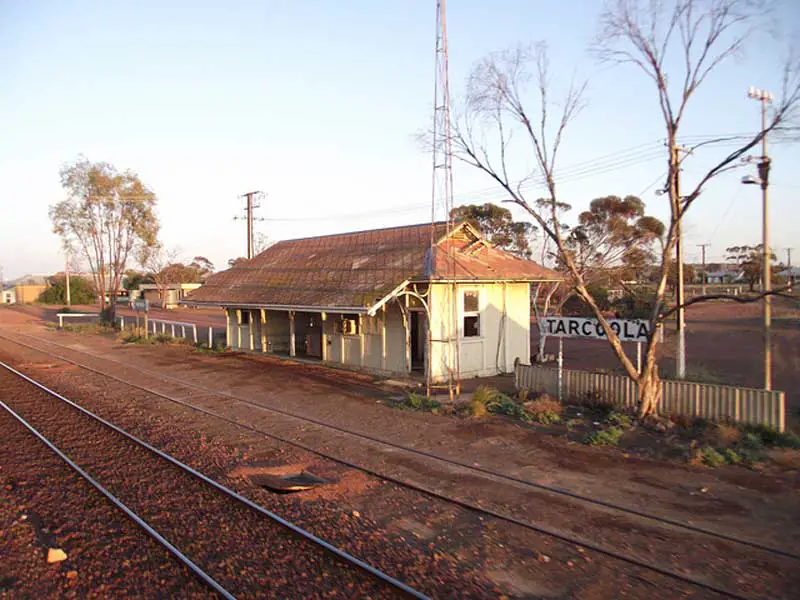
On a map you will see a plethora of names noting remote communities once home to the railway men, fettlers and anyone else who could scrape together a living around the railway line. Very little of these settlements remains. A rubble of stones might demark an old water bore, sometimes even the outline of a stone hut is often all that can be seen today. Some sites with tourist or historic value have been partially preserved – such as the site of the Prisioner of War camp which housed 300 Italian prisoners of war who worked on the maintenance of the line during World War II. Others, long since deserted, have been razed by bulldozers.

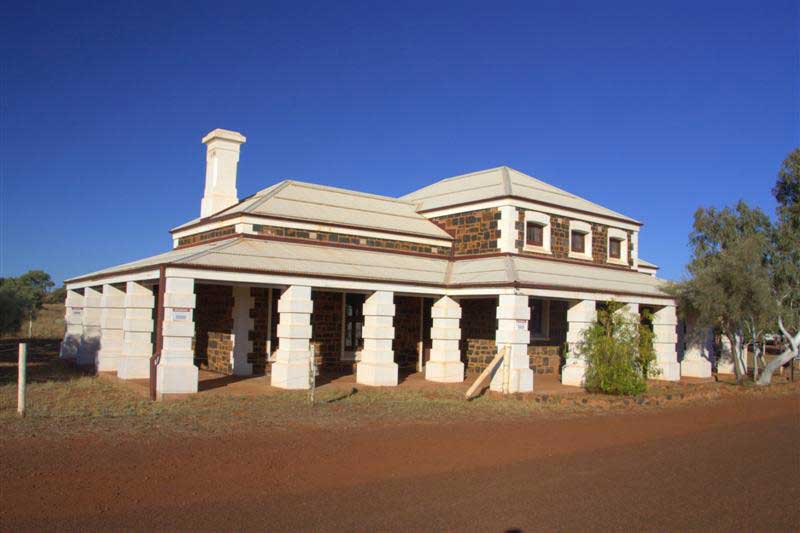
Nestled at the mouth of the Harding River some 12kms North of Roebourne. Cossack has experienced a somewhat chequered past to bring it to its present state of today. The town was originally named Tien Tsin after the boat which carried the first settlers in 1863. The town was established as the major shipping port for the Northwest. The township soon became home to a large pearling fleet, and named Cossack after a visit from Governor Weld in the war ship Cossack in 1871.
With the cry of Gold in the 1880’s, hundreds of prospectors streamed through the port to seek their fortunes in the Pilbara fields. Cossacks fortune changed in the 1890’s when the silting of the harbour along with the growing need for an increase in the size of ships servicing the flourishing pastoral industry made the Harbour impractical. In 1910 the facilities were relocated to Point Samson. Hard times followed resulting in the eventual abandoning of the town in the early 1950’s. From then until 1979 the majestic stone buildings lay in ruins but once the historical significance of the town was realised, restoration work began to return them to their former glory.

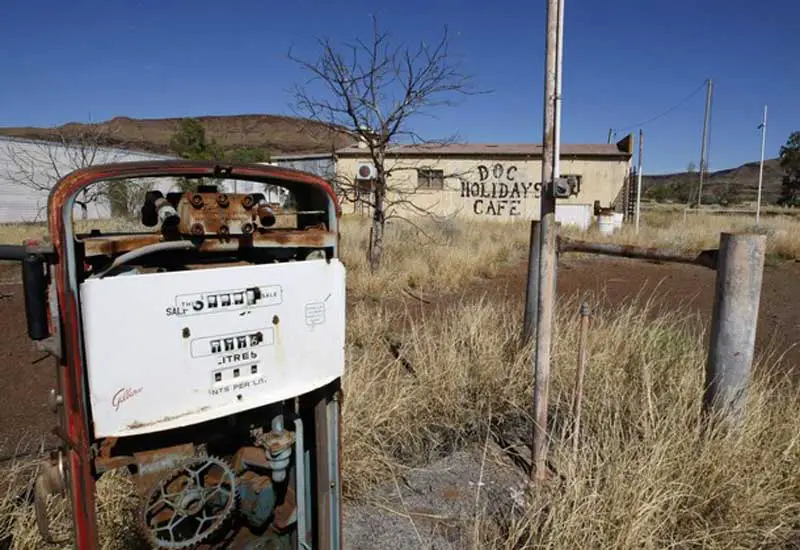
The town of Wittenoom is located approximately 1,400 km north of Perth. Its location close to the popular Karijini National Park has meant that for many years it has been used to service tourists visiting some of the spectacular gorges in the area. From a scientific point of view, however, Wittenoom is better known for its association with the mining of rocidolite (blue asbestos) and the relatively rare cancer mesothelioma.
The large-scale mining of crocidolite began around 1943 with the opening of the first mine. The town of Wittenoom was established in 1946 to house the workforce of the Wittenoom mine and mill 10 km away. By 1951 the town had 150 houses and a population of over 500. There were horrendous dust levels recorded in the mines and mill and in time the diseases (asbestosis, lung cancer and mesothelioma) caused by this exposure have been well recorded and publicised. Cases of mesothelioma have also been recorded from people who lived in the town but did not work in the mines or mill. By 1966 the last operating crocidolite mine had closed for economic reasons and the town began its decline. By 1994 its population had dwindled to around 40 (including one child) and the town depended almost entirely on tourism for its income.

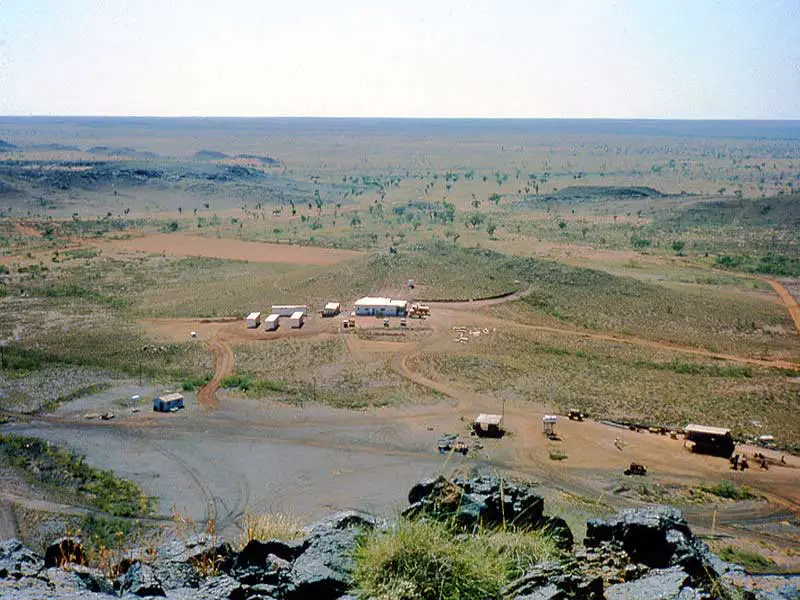
Iron ore mining began in the Pilbara at Mt Tom Price and Mt Goldsworthy in 1966. The Mt. Goldsworthy Mine produced around four million tons of iron ore per annum by 1968. After size classification, the iron ore was transported to Japan’s steel producers. The town of Goldsworthy was established in 1971 by Goldsworthy Mining Company (now BHP Billiton) as the support town for its iron ore mining operations at Mt. Goldsworthy (Yarrie Nimingarra / Sunrise Hill West Seven Mines). Its ore was carried by rail to its loading terminal on Finucane Island at Port Hedland. The old township was dismantled when mining operations ceased in 1992 after much of the mountain had been mined. The mountain was named by surveyor Alexander Forrest in 1879, after Roger Tuckfield Goldsworthy, the Colonial Secretary at the time under Governor Sir Frederick Napier Broome.

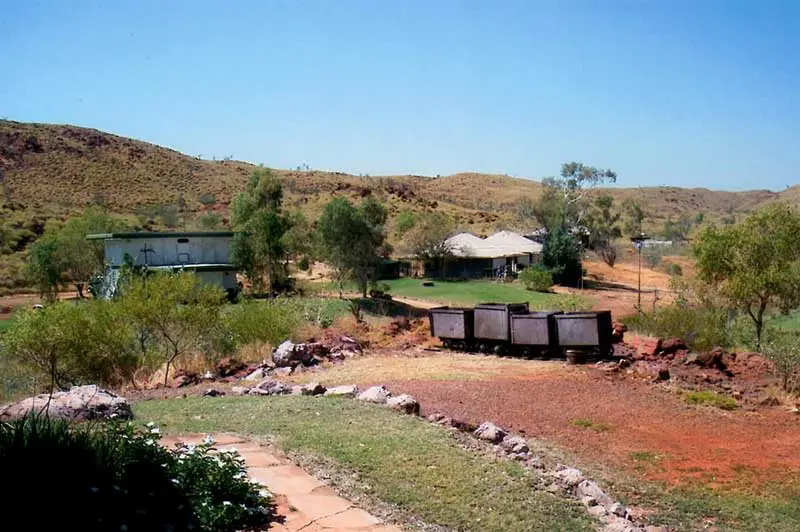
The town of Shay Gap has a similar history to the town of Goldsworthy, which was also created as a company town by Goldsworthy Mining Limited. The geographical feature after which the town is named was itself named after a pearler, Robert Shea who, along with his companion Samuel Miller, was murdered by Aboriginals on the De Grey River in 1873. The pair ran a pearling operation at Cossack using natives as divers. Goldsworthy Mining Limited was taken over by BHP Pty Ltd in 1990. 600 workers at the mine walked off the job in September 1992 after BHP announced plans to mothball the town of Shay Gap. The announcement said that 305 workers based at Shay Gap were not part of BHP’s plans for a new mine at Yarrie near the town. 100 contract miners were flown in and out for the new deposit.
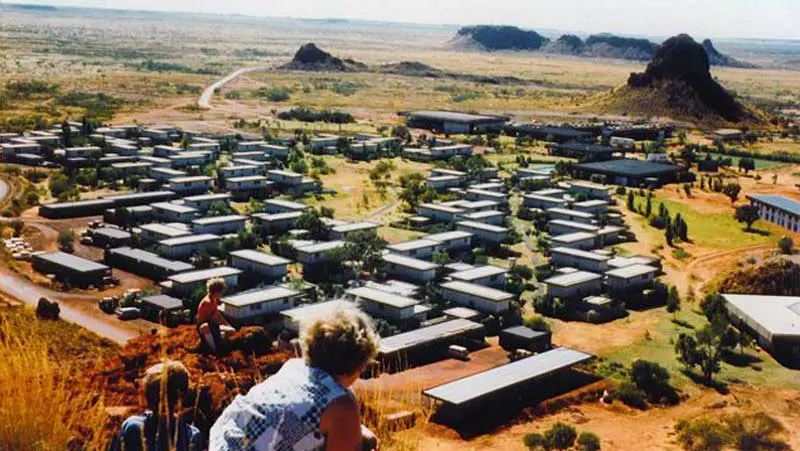
Goldsworthy ran a railway from the mine at Goldsworthy and later from the mine at Shay Gap to Finucane Island at Port Hedland. Trains were hauled by Australian Built English Electric Goldsworthy Mining A Class locomotives. When BHP took over the company replaced them with General Electric Dash 7’s. They were transferred to Port Kembla when the mine closed.








